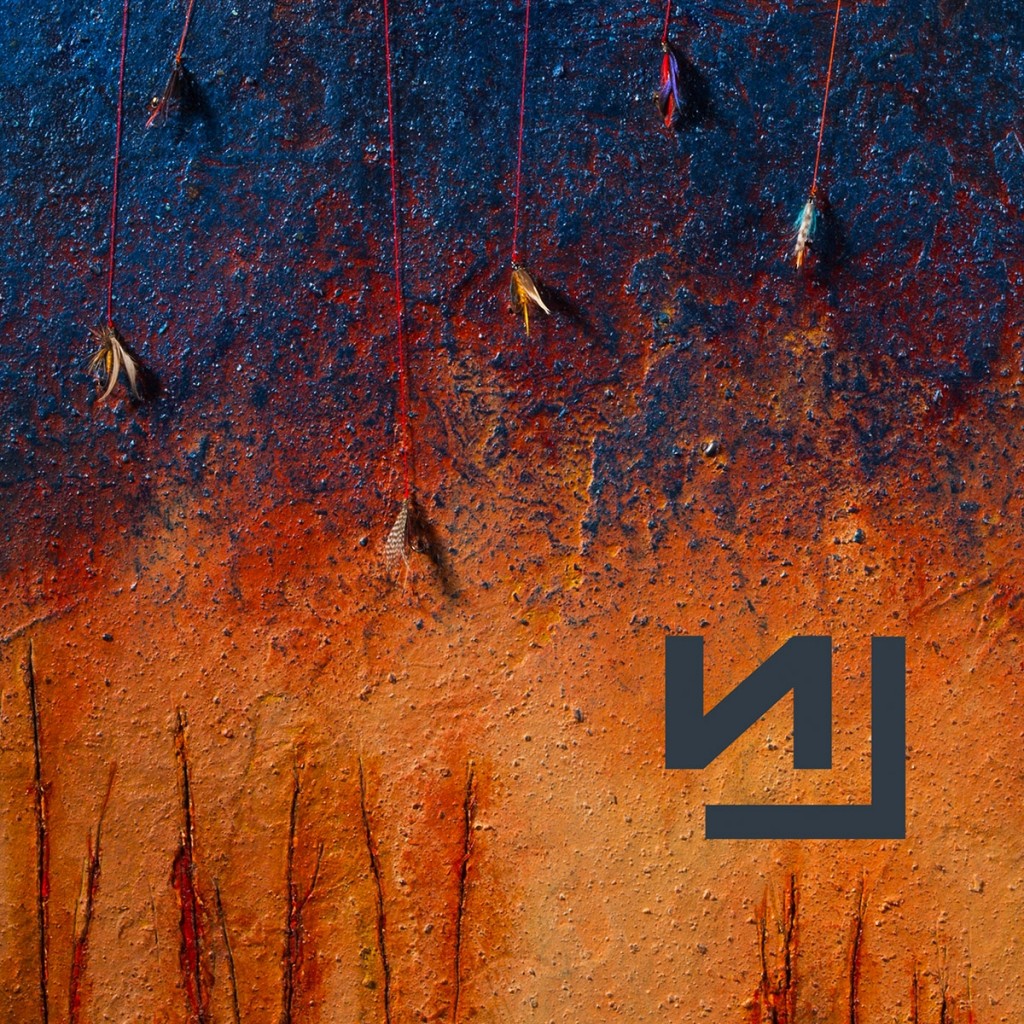By Christopher DeMarcus (Contributor)– Email
Print Edition: September 25, 2013
Nine Inch Nails hits the hammer back with Hesitation Marks. Iconic front man Trent Reznor refuses to be pinned down in one genre. Some think of Reznor’s band as an institution on alternative rock radio. Others classify Nine Inch Nails as a heavy metal band. Still, diehard fans see the group as a underground industrial dance machine, a symbol of—now grown up—teenage angst. After 20 years of kicking out aggressive singles on rock radio and its mainstream single “Closer,” what has Nine Inch Nails become?
Hesitation Marks tells us that Nine Inch Nails has been fully established as a long-term music project, poised for continued and monolithic success, joining the ranks of cross-generational bands like Metallica, Pink Floyd, and Led Zeppelin. Like it or not, Nine Inch Nails is an ever-evolving juggernaut of mainstream rock and roll. Like Reznor’s role models—David Bowie and David Burne—the tracks on Hesitation Marks lay out an always accessible and edgy vibe. Everything on Hesitation Marks sounds like the type of new ground only a pop music master could forge – new and familiar at the same time. Reznor and his main co-writer Atticus Ross invested in a new vision that pays off big time.
The album exudes philosophical confidence. Reznor and Ross examine what their music project could be without compromising musical sensibility. Nothing feels cheap or second-guessed. The songs are carefully crafted and the sonics perfectly balanced.
Nine Inch Nails has never been known for strong melodic content – there has always been a predominant D minor scale and heavy dance beat. However, Hesitation Marks has turned a lot of heads with upbeat “Everything.” Many fans were disappointed by the new sound; how could a band which was defined by its rebellious anger have written something that sounds so happy? “Everything” pushes Nine Inch Nails into a new musical space some fans thought was too mainstream, but the track works best as a piece of the album. Hesitation Marks is meant to be listened to in its entirety, as a linear experience, not on a track-by-track basis. “Everything” combines punchy thrash choruses with post-punk verses and fits into the album as a whole. It might shock the Nine Inch Nails diehard on first listen, but fans will be found dancing to it under the huge stadium lights of the band’s colossal live show.
Keyboard player and programmer Atticus Ross has been a mainstay in Nine Inch Nails for more than a decade. Atticus and Reznor also composed the soundtracks for The Social Network and Girl with the Dragon Tattoo. The duo, with the added studio tricks of prolific mixing engineer Alan Moulder, have shaped Hesitation Marks into a timeless record.
A new addition to the live line-up is guitar player Adrian Belew, who has worked with the Talking Heads, Frank Zappa, King Crimson, and David Bowie. Adrian also played guitar on the infamous William Shatner and Henry Rollins track, “I Can’t Get Behind That.” Some of Belew’s best funk links can be heard on Hesitation Marks in “All Time Low” and “In Two.”
The latest from Nine Inch Nails hits all the categories the band has fallen into over the years. Hesitation Marks is a dynamic rock-and-roll record with epic moments of slamming electroclash and monumental songwriting. It’s dark and fun as hell. Best album of 2013.


